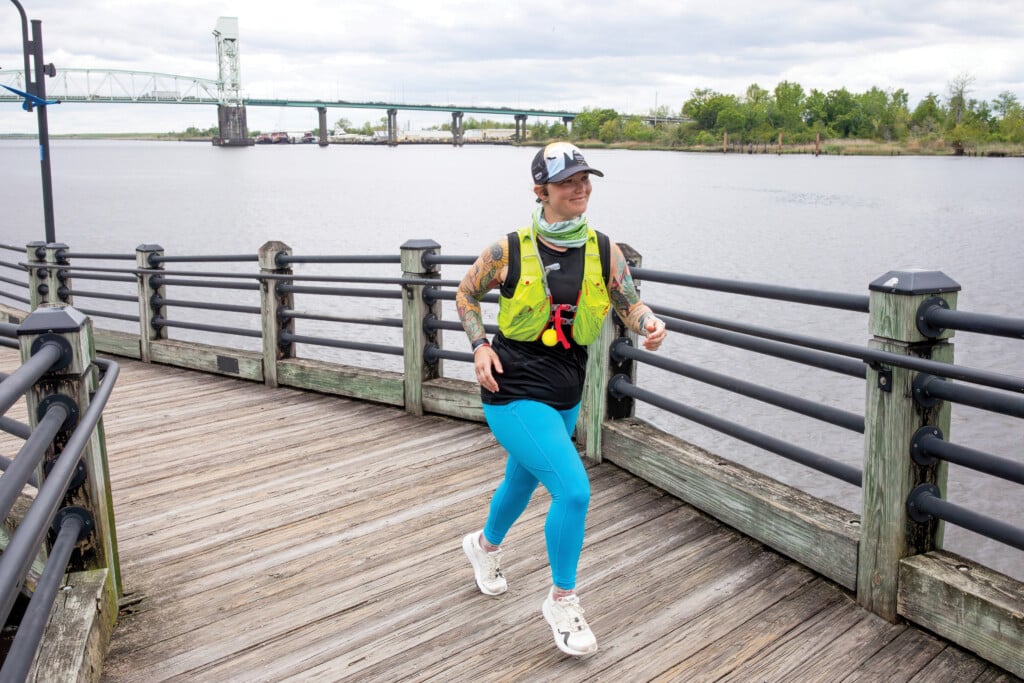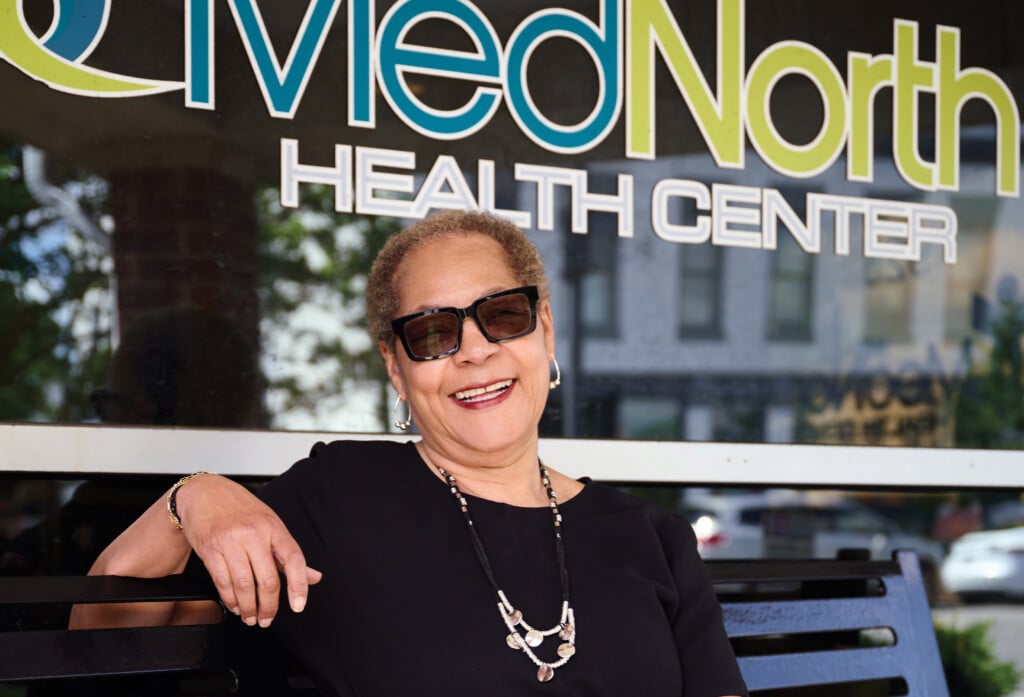Next Chapter
Options for women navigating perimenopause
Perimenopause might be inevitable, but as AMY HAWKINS says, “Suffering is not.” She and other local providers including AMANDA RICKER, a family nurse practitioner, certified nurse midwife, and menopause practitioner, are bringing clarity, compassion, and customized care to stage of life too often clouded by confusion and silence: perimenopause.
Though their training took different paths – Hawkins through naturopathic medicine and Ricker through family practice and midwifery – their journeys led them to the same conclusion: Women deserve better care and more options when it comes to their hormonal health.
Ricker’s career began in labor and delivery, where she delivered more than 500 babies. But sleepless nights and a growing passion for hormonal health eventually led her to family medicine, and then to her true calling: helping women understand and manage the effects of perimenopause and menopause.
She found herself increasingly drawn to the unspoken struggles women faced later in life. “Women were coming in with hot flashes, brain fog, anxiety, and insomnia – and they were being dismissed or told it was all in their head,” Ricker says.
That frustration pushed her to pursue certification through the North American Menopause Society and open her own integrative practice, Women’s Wellness for Life, in 2023.
Hawkins found her calling through personal health challenges.
“I was chronically ill when I was younger. That escalated when I was in college, and I couldn’t get answers,” she says.
After turning to naturopathic medicine and experiencing profound healing through dietary and herbal interventions, she left her pre-med path to become a naturopathic doctor.
Later, while navigating postpartum depletion and the onset of perimenopause in her early forties, she saw firsthand how critical individualized care and early intervention could be.
“That shifted my focus,” she says. “I really like working with women in early perimenopause and helping them throughout that whole journey.”
For both practitioners, the foundation of effective care lies in the basics: nutrition, sleep, movement, and mental health.
“We start with sleep,” Ricker says. “It’s the foundation. Once a woman is sleeping, she can better manage diet, stress, exercise – everything else.”
Hawkins echoes this whole-body approach: “Women should be eating a healthy diet and attending to their stress,” she says.
She focuses on balanced nutrition, highlighting the importance of adequate protein, healthy fats, complex carbohydrates, and fiber.
“All perimenopausal women should make sure they’re getting enough calcium, magnesium, and vitamin D to protect their bones,” she says.
Beyond nutrition, both providers integrate natural therapies with conventional medicine. Hawkins uses plant-based remedies like black cohosh, a natural phytoestrogen, for hot flashes and motherwort for anxiety and mood swings.
“These can help mellow out the chaos,” she says, referring to what is called the “zone of chaos” that characterizes perimenopause.
 Ricker takes a similarly holistic approach. Her practice blends traditional medicine with lifestyle strategies and, when needed, hormone replacement therapy (HRT).
Ricker takes a similarly holistic approach. Her practice blends traditional medicine with lifestyle strategies and, when needed, hormone replacement therapy (HRT).
“Some women need HRT right away, and for others, we focus on stabilizing lifestyle habits first,” she says. Importantly, she considers mental health central to treatment. “Mood disorders are rampant during perimenopause. But if we treat the root cause, we often see huge improvements.”
Hawkins also supports the careful use of hormone replacement therapy as part of an integrated care model.
“Most women that I work with are on both herbal and conventional treatments,” she says. “The hormones are going to work better for you if you’re also addressing the foundations – nutrition, movement, stress management.”
Both women advocate for bioidentical hormones and safe delivery methods and help women make informed decisions based on their risk factors and lifestyle.
Hawkins and Ricker are unwavering about focusing on personalization. Each crafts treatment plans that honor a woman’s unique needs, timeline, and preferences. Whether a woman chooses to start HRT, rely on natural therapies, or blend the two, Hawkins and Ricker ensure she has the information and support to make that decision with confidence.
In an age of overwhelming health information and viral wellness trends, both women also aim to be a steady, credible source. “Social media has helped increase awareness,” Ricker says, “but it’s also made it harder to know who to trust. My job is to be a voice of clarity in the noise.”
Above all, Hawkins and Ricker share a deep belief in empowering women to advocate for themselves. “You should be heard. Your concerns should be validated. You know your body better than anyone,” Hawkins says. “If something doesn’t feel right, then let’s figure out what’s going wrong.”
Ricker echoes that sentiment. “Women are leading this change,” she says. “They’re asking questions, advocating for themselves. My job is to give them the tools they need – and the space to use them.”
These two practitioners are redefining what perimenopausal care can look like: compassionate, personalized, evidence-based, and rooted in the belief that women deserve to thrive – not just survive – through every stage of life.
To view more of photographer Drewe & Kate’s work, go to dreweandkate.com
To view more of photographer Terah Hoobler’s work, go to terahhoobler.com.
Want more WILMA? Click here to sign up for our WILMA newsletters and announcements.




